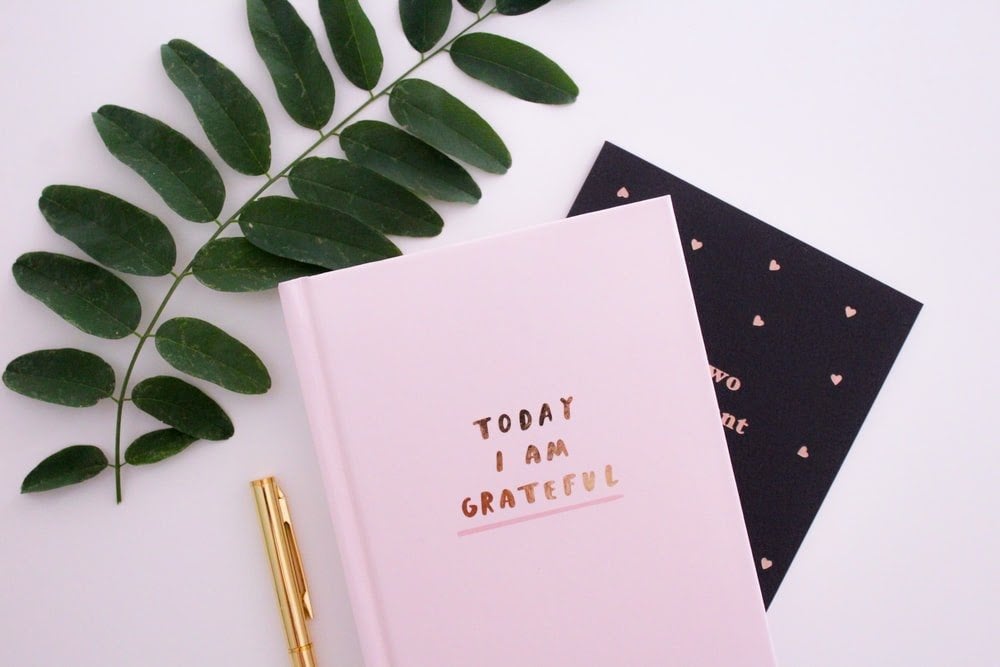On January 1st, 2019, I hung a chart on my wall with 365 blank boxes, each to be colored green, yellow, or red depending on how that particular day went (a good day, a mediocre day, or a bad day). What started as a simple way to document my year soon became an experiment in happiness, and by the end of the year, I had observed three concrete practices that contributed to making me a happy person (and still do). Perhaps these observations can be of use to you too.
The first step was deciding what makes a day good or bad. It took me a couple of weeks to realize that I would have to do this in order to complete the chart, because it is important to use the same measurement throughout the entire process. Personally, I believe that a good day does not have to meet a standard of success. Therefore, anytime I learned something, even because of a mistake, I colored the chart green. “Mediocre” days, on the other hand, were below average days that can be put in perspective, requiring a realist attitude. I cannot say for sure what would constitute a bad day, as my red marker never touched the chart. I averted bad days by asking myself, was the whole day bad, or just one part? And did I benefit from any of the hardships I experienced today?

The second key was gratitude. I consider an exhausting day of school a good one, because at least I have access to an education, unlike millions of other people. A realist perspective is all about acknowledging your smallness relative to the world, a perspective that becomes easier to maintain when you equally consider the benefits of your situation with the drawbacks. For example, working hard in high school allowed me entrance to college, where I now have the opportunity to work hard in preparation for the advanced workforce and ultimately meet my career goals. Studies have proven that practicing gratitude makes you noticeably happier, and I have to agree with them. Once it becomes a habit, life seems to take on more color. I recognize that it can be incredibly difficult in certain situations (there are far worse things than finals week after all), but I have not found a limit for it yet in my personal life.
The final key to maximizing good days was the balance between optimism and pessimism: realism. A great example of this is the snow day. I love snow days more than life itself, however, they were a rare occurrence at my high school, because we lived in temperamental Virginia weather and did not use a bus system. When seven different weather stations predicted snowfall ranging from 1 to 24 inches, I accepted the likelihood of having to attend school. Optimists analyzed the radar like tarot cards and paraded around the school instilling false hope. Pessimists, on the other hand, wallowed in the no-snow-day depression earlier than necessary, tainting the air with their negativity. I ignored the attitudes of both people, set my alarm for an early wake-up, and let it be. If I awoke to a clear road, I accepted it and drove to school. If I found a fresh blanket of snow, I was pleasantly surprised and went back to sleep.
Becoming conscious of these practices made me realize that I am in control of my happiness to a certain extent, and that acceptance of my situation and the ability to see the bigger picture truly are incredibly useful skills. Whether it’s the loss of a snow day or the loss of a friend, adopting a realist perspective has allowed me to receive whatever life throws at me in the best way possible. It allows me to keep moving forward not just because I must, but because I want to.




